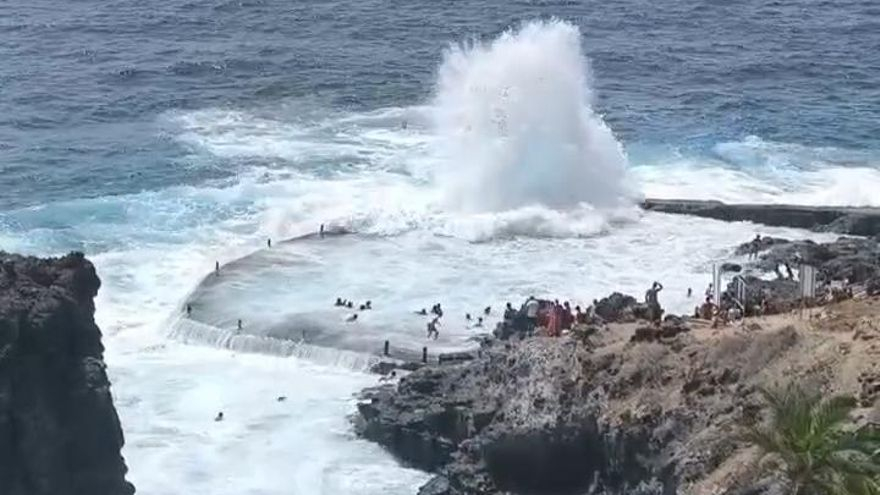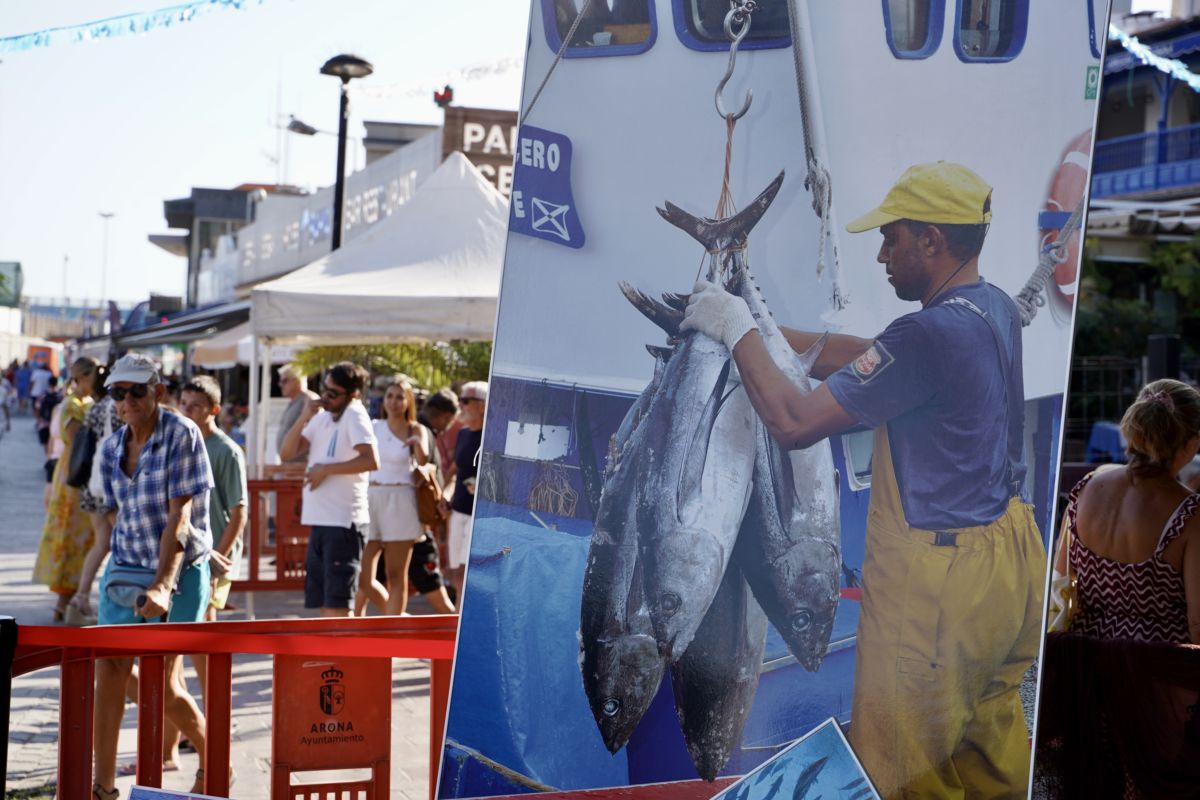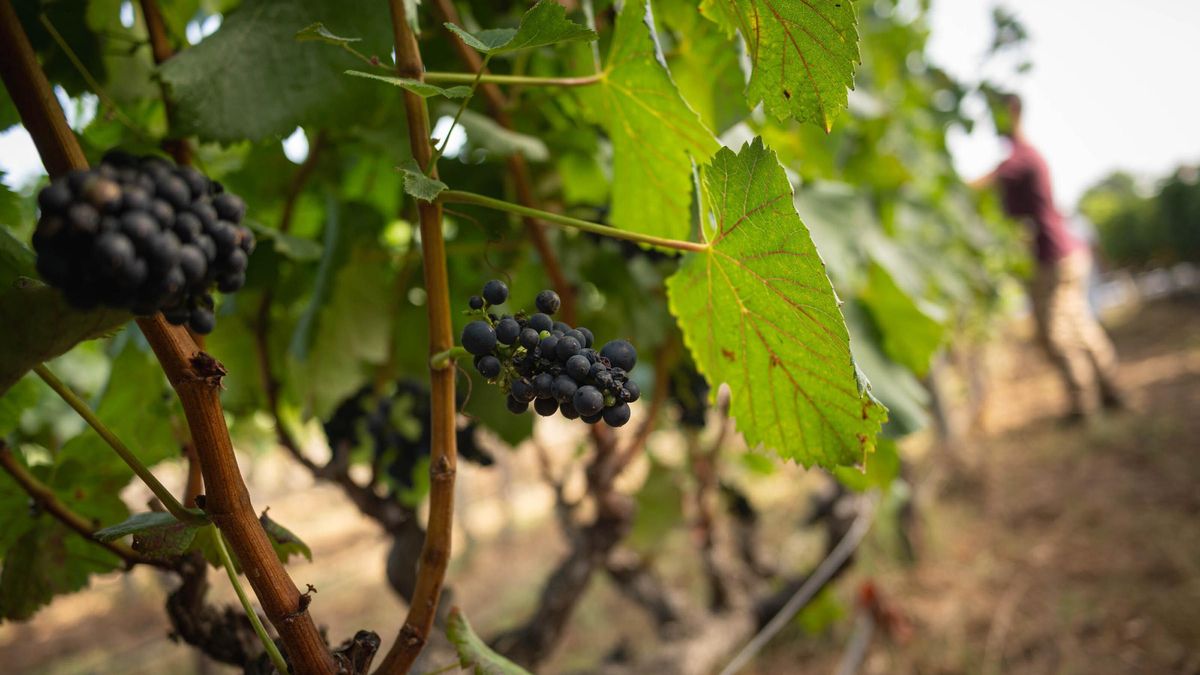The summer of 2025 has brought a tragic toll along the shores of Canarias: 35 individuals have drowned up to 22nd August. This statistic, provided by journalist and aquatic safety specialist Chano Quintana, places the archipelago in second place nationally for drowning fatalities, trailing only Andalusia, according to statements made to COPE Canarias.
The Royal Spanish Federation of Lifesaving and Rescuing (RFESS) confirms the seriousness of the situation: in Spain, 303 drowning deaths have been recorded up to 31st July, the highest number in the last decade.
Experts warn that most accidents are due to recklessness, even in beaches with active surveillance. Swimmers ignoring red flags, tourists underestimating the power of the sea, and a widespread disregard for safety regulations contribute to this alarming statistic. According to Quintana, nine out of ten risky behaviours are carried out by visitors, reflecting a lack of awareness regarding the unique characteristics of the Canary Sea.
Natural Pools, Private Swimming Pools, and Negligence
Private and tourist swimming pools also account for fatal incidents. More than 30 individuals have drowned this year in such settings in Spain, many of whom are minors. The lack of immediate supervision is often a decisive factor, as a child can drown silently in mere seconds.
One of the most problematic areas is the natural pools in Tenerife, especially in the municipality of Santiago del Teide. Despite being closed to swimming, locations such as Tancón and Isla Cangrejo continue to attract tourists seeking extreme experiences and viral photographs.
The mayor, Emilio Navarro, highlights a scenario of vandalism and violence against authorities: “They tear down warning signs, break the barriers, and assault the police who try to prevent them from entering the water,” he laments. A recent video showed 14 swimmers caught in rough waves at Isla Cangrejo, disregarding warnings from Civil Protection and a yellow alert from AEMET.
The Impact of Social Media
Authorities are targeting platforms like TikTok and Instagram for promoting images of dangerous locations without warning of the risks involved. This phenomenon, which some experts are already calling “suicidal tourism”, combines ignorance, social pressure, and overconfidence.
“Neither awareness campaigns nor police enforcement seem sufficient. As long as there are tourists willing to disregard all rules for a photograph, we will continue to mourn preventable deaths,” Navarro concludes.














